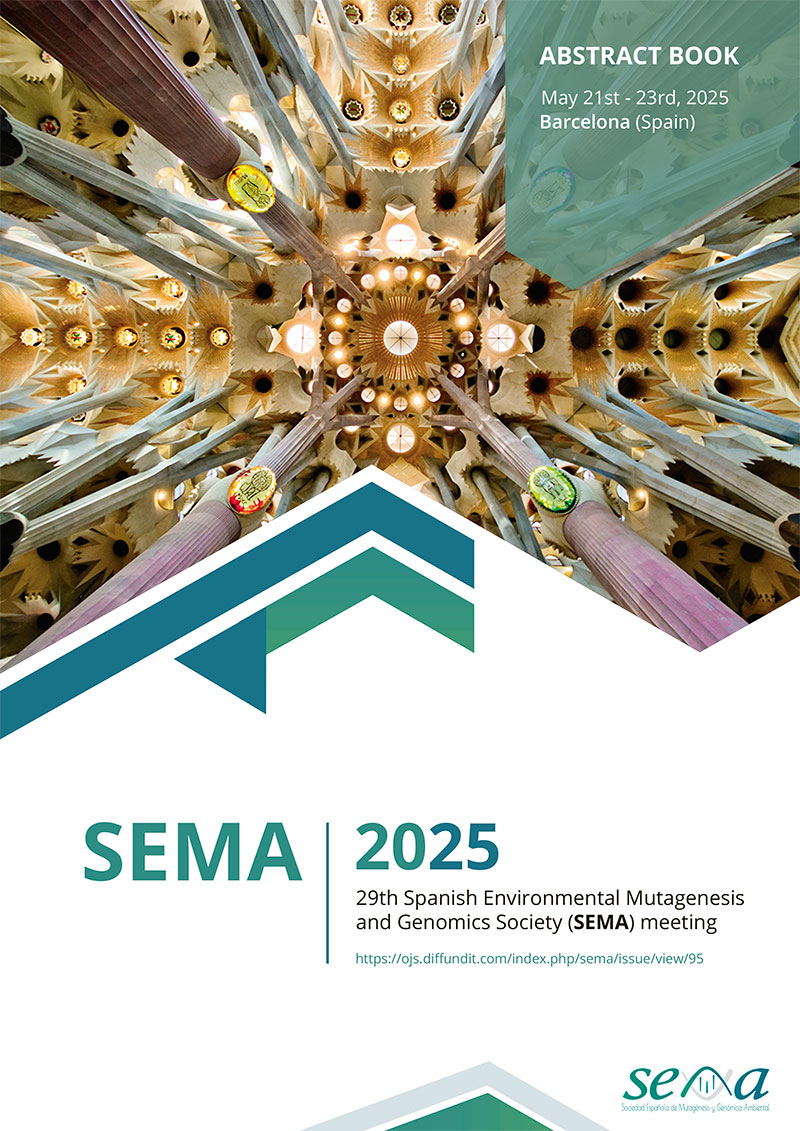Abstract
The strategies for genotoxicity testing described by the ICH and EFSA guidelines, include the in vivo comet assay, but only in its standard version. This assay, which is covered by the OECD guideline (OECD TG 489), is applied in the detection of DNA strand breaks (SBs) and alkali-labile sites (ALS). However, the mechanistic insights are limited since SBs are nonspecific lesions that can result from various agents and often act as intermediates in the repair of premutagenic damage. On this matter, the comet assay has undergone several modifications in order to enable the detection of other DNA lesions. Among the most commonly applied modifications is the use of repair enzymes, such as formamidopyrimidine DNA glycosylase (Fpg), for the detection of oxidized lesions. By adding this slight modification to the OECD guideline, the information obtained from each animal will increase considerably.
This study aims to evaluate the potential use of potassium bromate (KBrO3) as positive control for the in vivo Fpg-modified comet assay. For this purpose, Wistar rats were given two oral doses of KBrO3 (0, 100, 200, and 300 mg/kg bw) or a single dose of 300 mg/kg bw of EMS as the standard positive control. Three hours after the last administration, liver, duodenum, kidney, brain, and whole blood samples were collected and analysed. Histopathology samples were also gathered for further examination.
Results showed an increase in net Fpg-sensitive sites in liver, duodenum, kidney and whole blood, both for KBrO3 and EMS. In addition, an increase in Fpg-sensitive sites was also observed in the brains of the animals administered with EMS. Regarding DNA SBs and ALS, an increase was detected only in the animals administered with EMS, observed in all organs except for the whole blood.
Funding: Supported by Spanish Ministry of Sciences, Innovation and Universities (BIOGENSA2, PID2020-115348RB-100; FPU21/03187).

This work is licensed under a Creative Commons Attribution-NonCommercial 4.0 International License.
Copyright (c) 2025 Spanish Journal of Environmental Mutagenesis and Genomics

